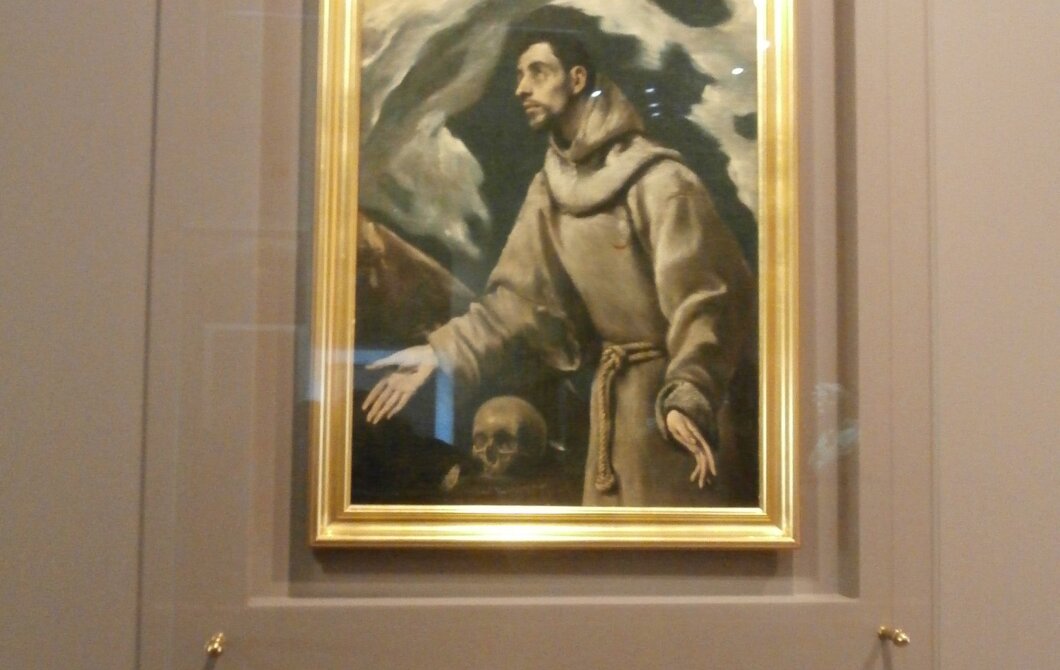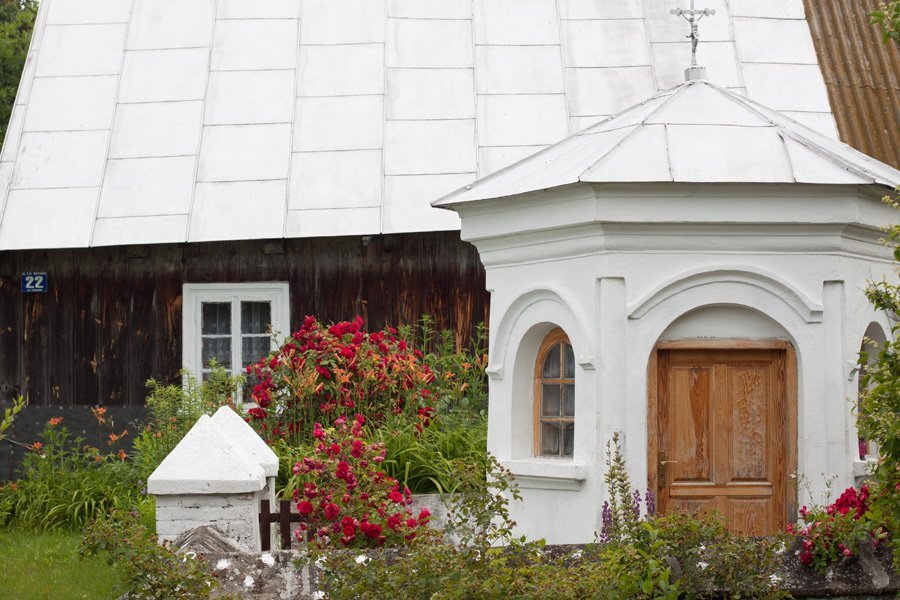GUIDE TO THE AREA
Korczew is located in Podlasie Nadbużański, a place with an extraordinary history and natural wealth. It is worth staying in Korczew for a few days to get to know the atmosphere of the area and the beauty of the Bug River, as well as to visit such sites as Castle Hill in Drohiczyn and the Stud Farm in Janów Podlaski.
DROHICZYN – THE CAPITAL OF PODLASIE
Although Korczew is now located in the Mazowieckie Voivodeship (province), its history is rooted in the traditions of the Podlasie region. Before the partition of Poland in the late 18th century, Podlaskie Voivodeship stretched on both sides of the River Bug, and its capital city was Drohiczyn, located 10 kilometres from Korczew, which is home to a number of interesting churches.
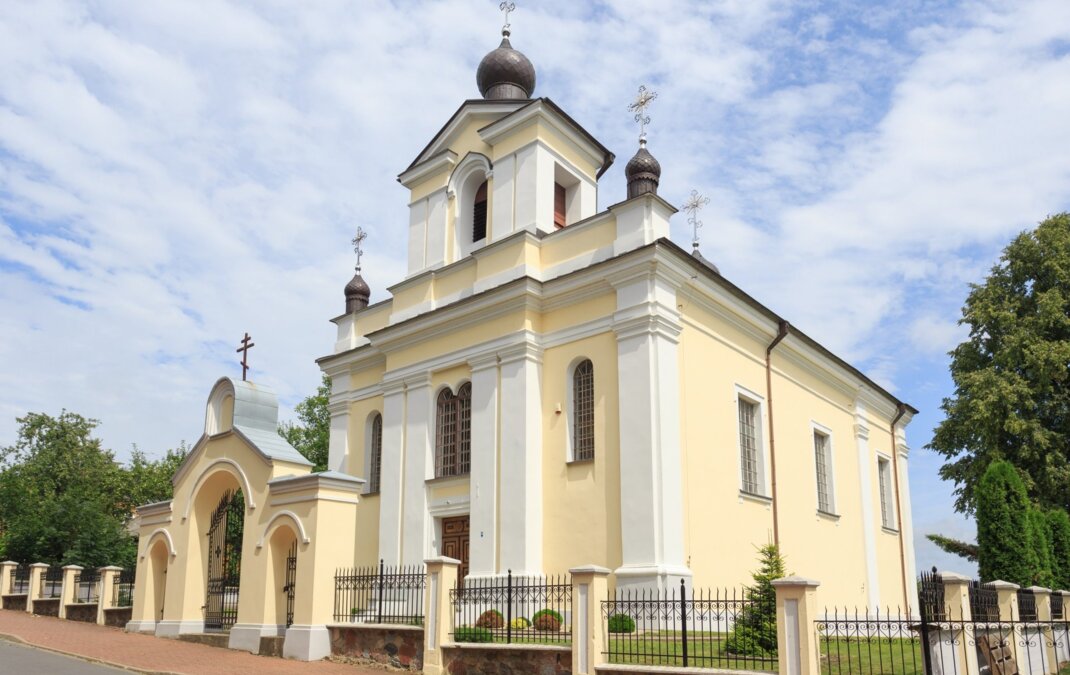
The former Jesuit Church of the Holy Trinity now houses the cathedral, and the buildings of the old monastic college serve as a seminary. It is also worth seeing the baroque monastery of Benedictine nuns and the Orthodox Church of St. Nicholas, originally erected as a Uniate church. All of these buildings were funded by various branches of the Kuczyński family, including the owners of Korczew Palace.
Drohiczyn is also home to Castle Hill, which offers a spectacular view of the meanders of the River Bug and the surrounding countryside. However, Drohiczyn with its unique monastery buildings is best viewed from the river - we especially recommend kayak tours. The Podlaski Przełom Bugu Landscape Park extends along the entire Podlasie section of the river, which abounds in rare species of plants and birds.
It is also worth visiting the Drohiczyn Diocesan Museum, which contains the baptism certificate of King Stanisław August Poniatowski and the world's largest collection of chasubles made from kontusz belts which were traditionally worn by Polish noblemen. Several of them were hand-made by Joanna Kuczyńska, the 'Lady of Korczew' made famous by the poet Norwid's letters. Sports lovers will certainly be interested in the exhibition of antique motorcycles and the only Kayak Museum in the country, located in the Bug River Kayak Tourism Centre.
A special attraction is crossing the Bug River by ferry from the picturesque village of Bużyska to Drohiczyn. The ferry can be used by both passengers and cars, motorcycles or bicycles. Up-to-date information about the ferry service can be found on the Korczew Local Council website.
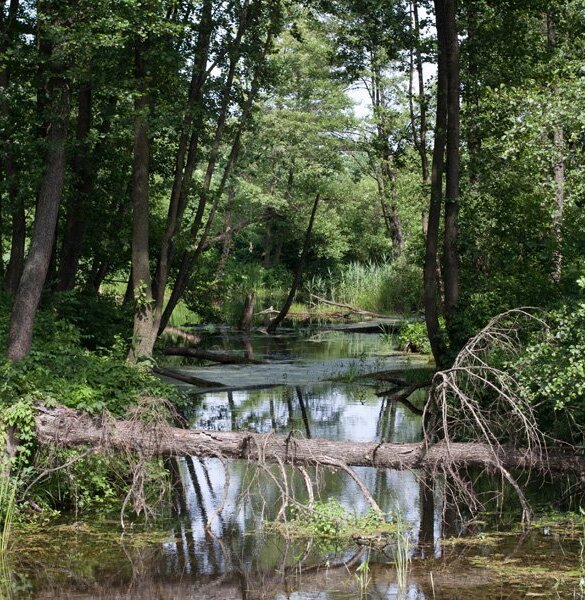
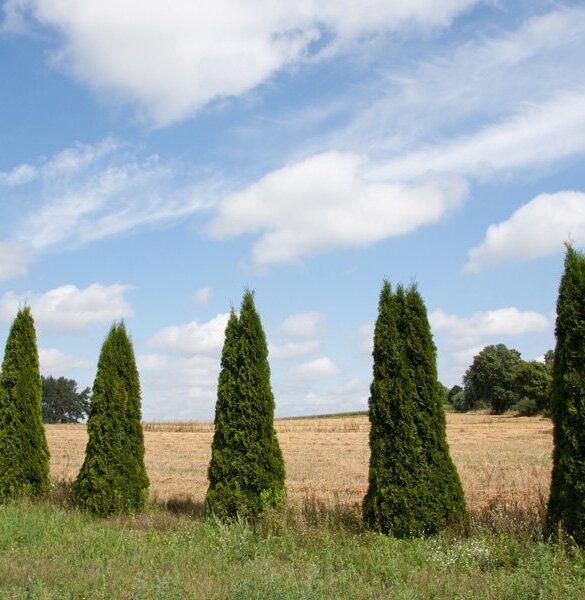
TO THE EAST – SARNAKI, MIELNIK AND JANÓW
During your stay in Korczew, it is worth going on a day trip to the eastern part of Podlasie Nadbużańskie.
The first stop is Sarnaki, a village in the centre of which there is a monument in the shape of a V2 rocket. During the war, German troops tested missiles near Sarnaki, and the local population hid unexploded bombs in the marshes. The missiles were then dismantled with the help of the Home Army and transported in parts to Great Britain to understand how they functioned.
Located on the other side of the Bug River, Mielnik is a town with an interesting history. In the pre-partition Polish-Lithuanian Commonwealth, it was the capital of one of the three lands of the Podlaskie Voivodeship. Particularly impressive are the ruins of the castle church, which was never rebuilt after a fire during the First World War. It is also worth seeing the Orthodox church located on a slope overlooking the Bug River with a beautiful, blue painted chapel and cemetery with names on tombstones in two alphabets - Latin and Cyrillic.
The most unexpected site in Mielnik is the Korol Vineyard, which uses the local microclimate to produce excellent white and red wines. There is an impressive open-cast chalk mine right next to it. Just like in Drohiczyn, you can cross the Bug River in Mielnik by ferry. After crossing the river, it is worth going to the viewpoint in Gnojno, which offers one of the finest panoramas of the river.
The stud farm in Janów Podlaski is undoubtedly one of the biggest attractions of the region. You can walk around the historical buildings of the complex on your own or with a guide, and most importantly you can admire the most beautiful horses in Poland.
SIEDLCE
The nearest big town to Korczew is Siedlce, with its most distinctive landmark being the town hall 'Jacek', erected in the middle of the 17th century. Today, it houses the Regional Museum, which presents various exhibitions on the history and artistic life of the region.
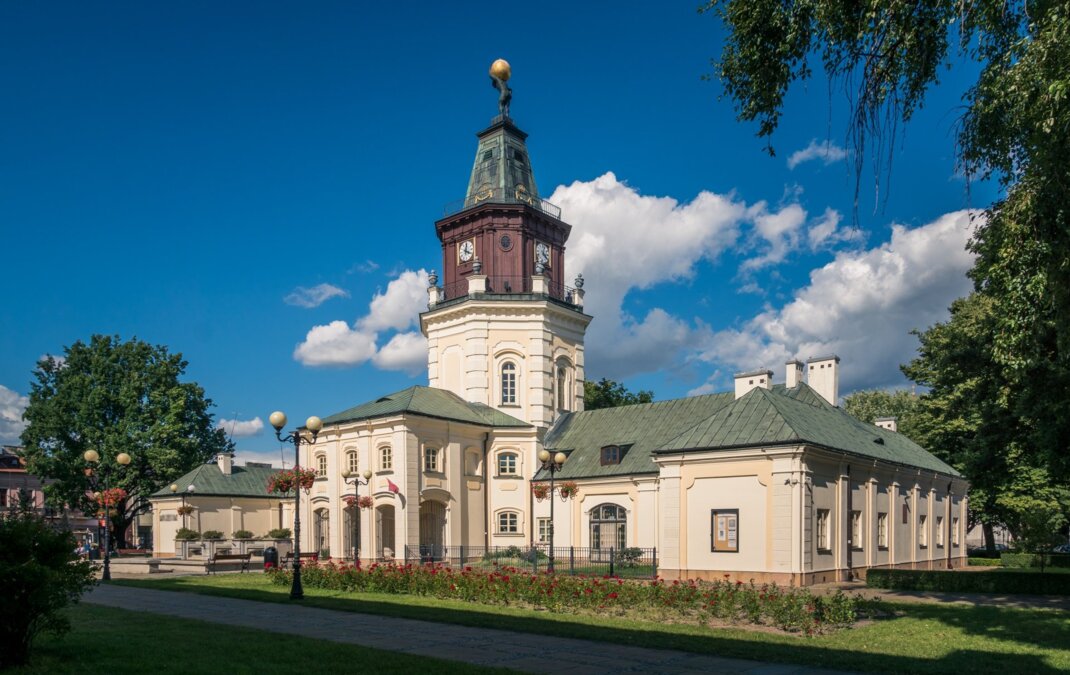
THE ONLY POLISH EL GRECO
However, the biggest attraction in Siedlce is beyond doubt the only painting by El Greco in Poland, located in the Diocesan Museum. The authenticity of the 'Ecstasy of St. Francis', which was discovered by chance in a local parish, has been questioned from time to time - but the current scholarly consensus is that the painting is indeed the work of El Greco.
